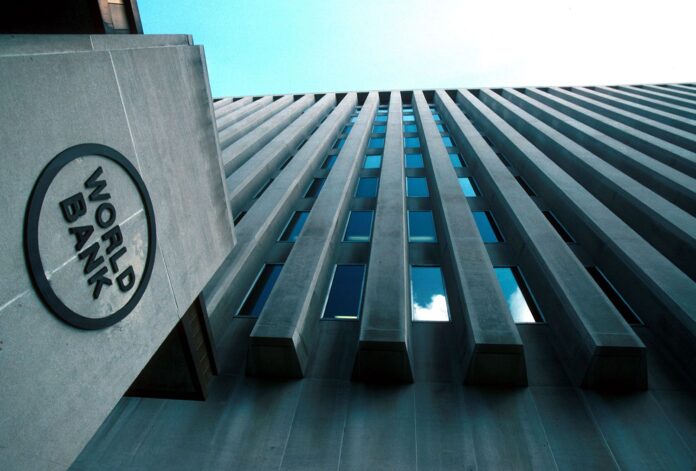World Bank Raises Nigeria’s 2022 growth From 2.5% to 3.8%
The World Bank has released a forcast on Nigeria’s economy for 2022, raising its growth to 3.8%, up from 2.5% projected earlier in the year.
In its January 2022 Global Economic Prospects report, the Bretton Woods institution predicted Nigeria would grow by 2.5 percent.
The new growth forecast is contained in the World Bank’s latest edition of its Africa’s Pulse report titled, “Boosting resilience: The future of social protection in Africa,”
In the report, World Bank stated that the upward revision of Nigeria’s growth forecast for this year was hinged on high oil prices coupled with reforms initiated by the passing of the Petroleum Industry Act (PIA) and the expected completion of the Dangote refinery in 2023.
The report stated that “growth in Nigeria is forecast to increase to 3.8 per cent in 2022 and stabilise at four per cent in 2023-24. Real GDP growth was revised up by 1.2 percentage points for both periods compared with the previous forecast.
Also Read: Weak Digital Economy Hindering Many African Countries’ Growth – World Bank
“Although at a slower pace than the average seven per cent during the boom period, growth prospects for the Nigerian economy are somewhat bright thanks to high oil prices coupled with reforms initiated by the passing of the Petroleum Industry Act and the completion of the Dangote refinery expected in 2023.”
The bank, however, says that increasing fuel subsidies showed that risk remains high, which it said: “could weigh heavily on public finance and pose debt sustainability concerns,” even though, as it noted, “public debt as a percentage of GDP is currently moderate.”
Additionally, the Washington-based institution predicted that sub-Saharan Africa’s economy might grow 3.6% this year, down from 4% in 2021, and warned that rising food and energy prices fuelled by Russia’s war in Ukraine could spark civil unrest in the region.
It added, “Growth in sub-Saharan Africa is projected to decelerate from four per cent in 2021 to 3.6 per cent in 2022, and it is estimated at 3.9 and 4.2 per cent in 2023 and 2024, respectively.

